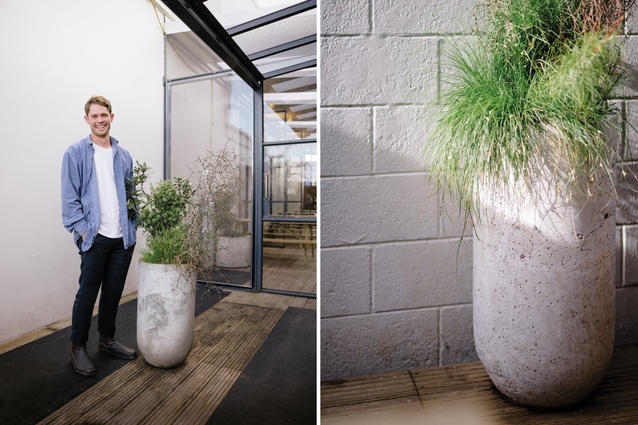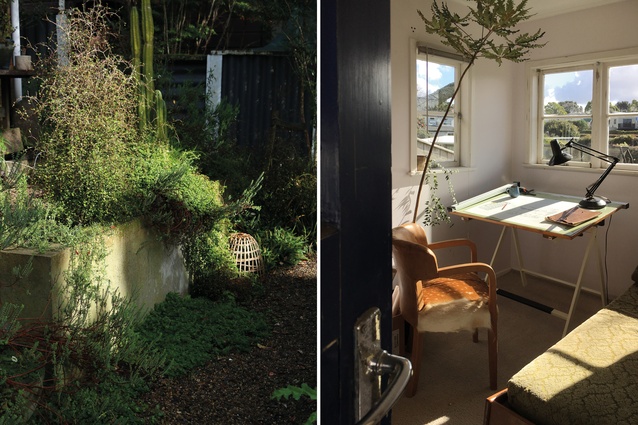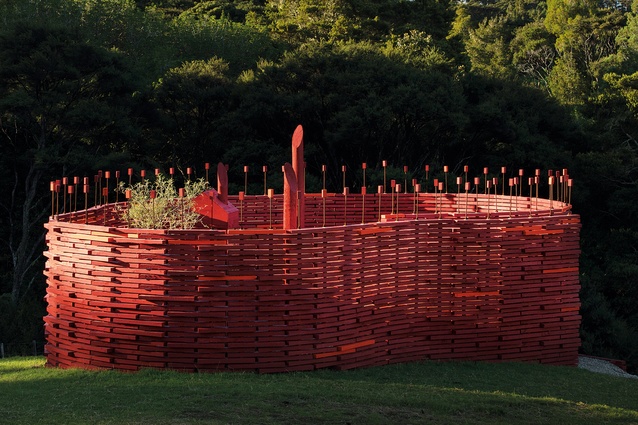Design People: Winston Dewhirst
Creating beautifully textured pots and planters, which respond to their surroundings, is a true art. Amanda Harkness talks to landscape architect Winston Dewhirst about his work.
Amanda Harkness (AH): What led you to study landscape architecture?
Winston Dewhirst (WD): Both my mum and my grandmother are avid gardeners, which has probably had a big influence on me. Growing up amongst large gardens gave me an appreciation of the spatial experiences you can create through planting design. I went on to study landscape architecture at Victoria University of Wellington and graduated with a master’s degree in 2014.
AH: What did you do upon completing your degree?
WD: I started out working for O2 Landscapes for four years, working on projects from design through to construction. I learnt how to build what I’d designed, which leads to a more robust design process. I also love working with rare and interesting plants, which O2 is well known for.
AH: While at O2, you worked on Te Takitaki, the winning Brick Bay Folly for 2017.
WD: Yes, I was responsible for the interior landscaping. The Folly itself was designed and built by friends of mine who were students at Victoria University and had become architectural graduates (Tom Dobinson, George Grieve, Sophie Edwards and Jayne Kersten). Their architectural installation was based on the structure of a Māori palisade, made with red-and-orange-stained rough-sawn timber, threaded through a row of undulating steel rebar in a weaving configuration. The planting inside needed to be native, energetic and easy to maintain.
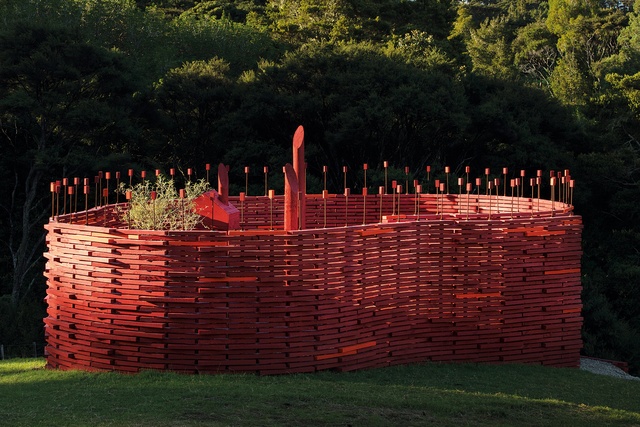
AH: When did you branch out on your own?
WD: I started my own landscape business at the beginning of this year, designing and building landscape projects while also making pots and planters. I’m based in Point Chevalier, although the construction of the pots and planters has been spread between many backyards, those which a hiab can access or with a level area, which is essential for pouring. I’m currently working on projects across Auckland and the odd one closer to home (Kekerengu). The projects are mainly residential and include plenty of detailed concrete work and interesting planting.
AH: How would you describe your landscaping work?
WD: Animated planting set within a static structure: I like the contrast between the built form and the ephemeral nature of plants. My aim is to respect the growth habits of plants while emphasising the order that structural elements create. This is apparent in the planting design of Te Takitaki – the plants are vigorous with unruly habits yet they’re contained within the boundaries of the Folly.
AH: What led you to start making planters?
WD: We began experimenting with pots after struggling to find different styles of well-made planters for the outdoor spaces we were creating. There are very few New Zealand-made pots out there so Rob (my former workmate) and I started to play around with ideas. Growing up on a farm taught me to create things out of whatever was available; this is basically how I came to create the first concrete pot, which uses an old mussel buoy found at a second-hand shop as a mould. The ‘mussel buoy’ pot is the tall cylindrical pot now at Daily Bread in Point Chevalier (pictured left). We’ve since refined the construction process and are now using a fabricated mould.
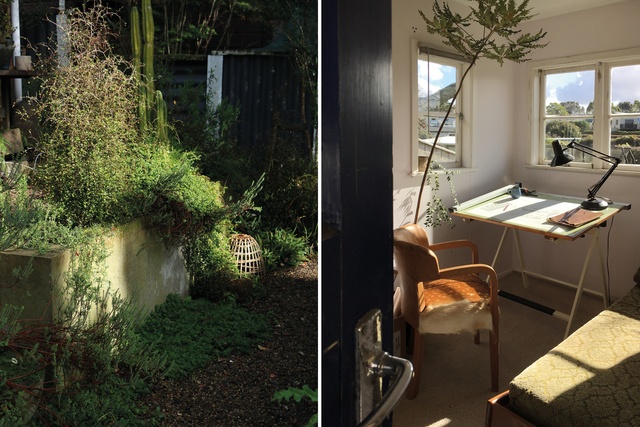
AH: Is every pot individually made?
WD: Yes. The individual character of each pot is important. The handmade aesthetic represents the hands-on, labour-intensive construction process. The aim is to create simple shapes that let the texture of the concrete stand out and this is what makes each piece interesting. We started experimenting with different shapes, eventually making a hexagon shape (inspired by Rob’s travels through Italy) and a very simple cylinder. We also designed and built the planters and bollards outside the re-purposed Ponsonby fire station. The design responds to the architecture of the building, with the troughs mimicking the brutalist form of the station’s top storey.
AH: Where to from here?
WD: Rob is in Sydney now but he still shares his design ideas. I’m planning to expand the collection of planters and pots with both masculine, brutalist forms and more-feminine, possibly asymmetric, forms and to invest more time in creating custom pieces. It’s an exciting challenge responding to a spatial arrangement or an architectural style – it often pushes the object’s design into an area you wouldn’t have gone to.
This article first appeared in Houses magazine.


